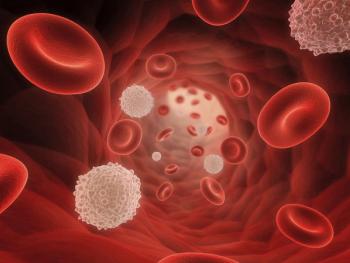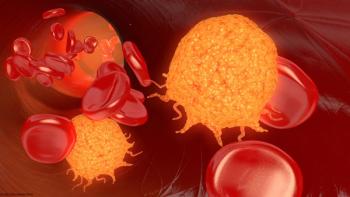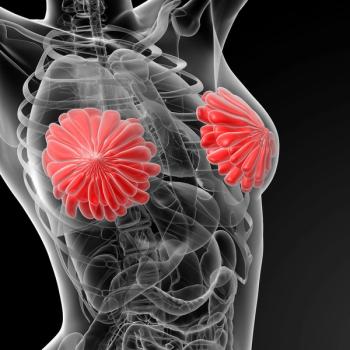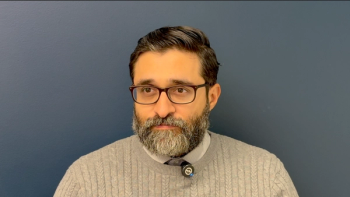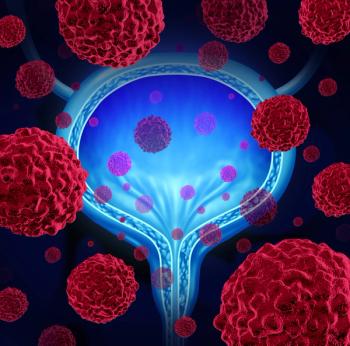
Oncology NEWS International
- Oncology NEWS International Vol 17 No 5
- Volume 17
- Issue 5
From the Editor
To better engage our readership on the economic, policy, and practice issues affecting the oncology community, we have updated our editorial and changed our name, bringing more value-added content to the pages of Cancer Care Practice & Policy (CCP&P).
To better engage our readership on the economic, policy, and practice issues affecting the oncology community, we have updated our editorial and changed our name, bringing more value-added content to the pages of Cancer Care Practice & Policy (CCP&P). In the upcoming issues, our editors will develop regular columns on topics ranging from billing & coding problems to legal advice and practice management tips, all of which are designed to give quick-reading, issue-solving information for today’s busy oncologists.
Along with the regular feature departments, we will also report on the broader political actions and initiatives that influence the practice of oncology. To that end, we will continue to build our working relationship with ASCO, ASH, and ACCC to deliver consensus-driven views from leading experts on issues such as the impending work-force shortage of medical and gynecological oncologists, the challenges of implementing HIT, cancer care quality initiatives, and regulatory and advocacy issues.
As always, we encourage our readers to share their thoughts, advice, or opinions about anything that appears on these pages. [Please send comments to:
Articles in this issue
over 17 years ago
Immunotherapy agent promising in NSCLCover 17 years ago
NCCN greenlights nilotinib for imatinib-resistant CML patientsover 17 years ago
No overall survival benefit for dose-intense regimen in SCLCover 17 years ago
Make a note of new smoking cessation codesover 17 years ago
Relistor for treating OICover 17 years ago
Experts argue against need for phase III proton Rx trialsover 17 years ago
Spotlight on Cancer Centersover 17 years ago
Novel peptide vaccine promising in myeloid leukemiaover 17 years ago
Intensive imatinib/chemo ups EFS in pediatric Ph+ ALLNewsletter
Stay up to date on recent advances in the multidisciplinary approach to cancer.


